Certain trees – particularly the mulberries and medlars – still tell the story of how long ago, in another life, before the nakba, Ramallah was, for the well-off, a town of leisure and ease, a place to retreat to from nearby Jerusalem during the hot summers, a resort. The nakba refers to the ‘catastrophe’ of 1948 when ten thousand Palestinians were killed and 700,000 were forced to leave their country.
Long ago, newly married couples planted roses in Ramallah gardens as an augury for their future life together. The alluvial soil suited the roses.
Today there is not a wall in the town centre of Ramallah, now the capital of the Palestinian Authority, which is not covered with photographs of the dead, taken when they were alive, and now reprinted as small posters. These are the martyrs of the Second Intifada which began in September 2000. They include all those killed by the Israeli Army and settlers, and those who decided to sacrifice themselves in suicidal counter-attacks. Their faces transform the desultory street walls into something as intimate as a wallet of private papers and pictures. The wallet has a pocket for the magnetic ID card issued by the Israeli security services, without which no Palestinian can travel even a few kilometres, and another pocket for eternity. Around the posters, the walls are scarred with bullet and shrapnel marks.
There is an old woman, who might be the grandmother, in several wallets. There are boys in their early teens, there are many fathers. Listening to the stories of how they met their death, I am reminded of what poverty is about. Poverty forces the hardest choices which lead to almost nothing. Poverty is living with that ‘almost’.
Most of the boys whose faces are on the walls were born in refugee camps, as poor as shanty towns. They left school early to earn money for the family or help the father with his job, if he had one. A few dreamed of becoming wizard soccer players. A fair number of them made catapults of carved wood, twined rope and twisted leather for hurling stones at the occupying army. Any comparison between the weapons involved in these confrontations returns us to what poverty is about. On one hand, Apache and Cobra helicopters, F-16s, tanks, Humvee jeeps, electronic surveillance systems, tear gas; on the other hand, catapults, slingshots, mobile telephones, badly used Kalashnikovs and, mostly, handmade explosives. The enormity of the contrast reveals something which I can feel between these grief-stricken walls but which I cannot put a name to. If I were an Israeli soldier, however well armed I was, I might finally be frightened of this something. Perhaps it’s what the poet Mourid Barghouti noticed: ‘Living people grow old but martyrs grow younger.’
Three stories from the walls.
Husni al-Nayjar, 14 years old. He worked helping his father who was a welder. While flinging stones, he was shot dead with a bullet to the head. In his photo he gazes calmly and unwaveringly into the middle distance.
Abdelhamid Kharti, 34 years old. Painter and writer. When young, he had trained as a nurse. He volunteered to join a medical emergency unit for rescuing and taking care of the wounded. His corpse was found near a checkpoint, after a night when there had been no confrontations. His fingers had been cut off. A thumb was hanging loose. An arm, a hand and his jaw were broken. There were twenty bullets in his body.
Muhammad al-Durra, 12 years old, lived in the Breij Camp. He was returning home with his father across the Netzarin checkpoint in Gaza and they were ordered to get out of their vehicle. Soldiers were already shooting. The two of them took immediate cover behind a cement wall. The father waved to show they were there and was shot in the hand. A little later Muhammad was shot in the foot. The father now shielded his son with his own body. More bullets hit both, and the boy was killed. Doctors removed eight bullets from the father’s body, but he has been paralysed as a consequence of the wounds and is unable to work. Because the incident happened to be filmed, the story is told and retold across the world.
I want to do a drawing for Abdelhamid Kharti. Very early in the morning I go to the village of Ain Kinya. Beyond it there’s a Bedouin encampment, near a wadi. The sun is not yet hot. The goats and sheep are grazing more or less between the tents. I’ve chosen to draw the hills looking eastwards. I sit on a rock near a small blackish tent. I have only a notebook and this pen. There’s a discarded plastic mug on the earth and it gives me the idea of fetching some water from the trickle of the spring to mix, when necessary, with my ink.
After I’ve been drawing for a while, a young man (every invisible person in the camp has of course noticed me) approaches, undoes the entrance to the tent behind me, enters and comes out holding up a decrepit white plastic stool which, he indicates, might be more comfortable than the rock. I guess that before he found it, it must have been thrown out into the street by some pastry shop or ice-cream parlour. I thank him.
From London Review of Books
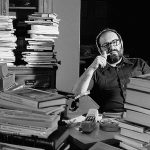
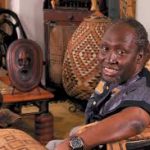
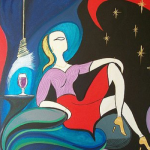
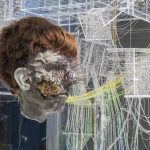
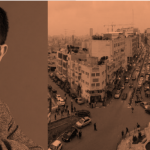
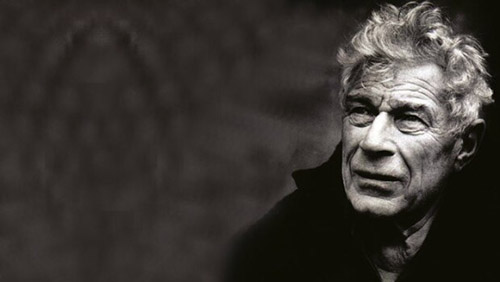
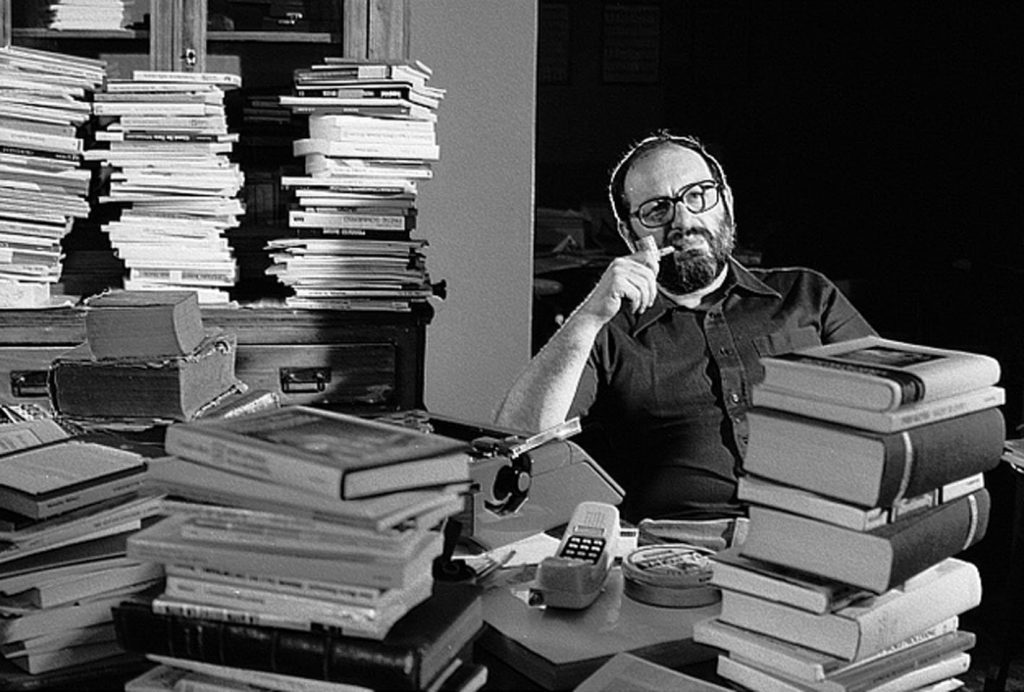
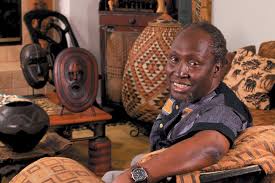

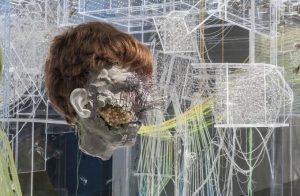
Orientalism is a cultural and a political fact / Edward Said
Befriending Edward Said
Samih Al-Qasim and Poetry of Resistance